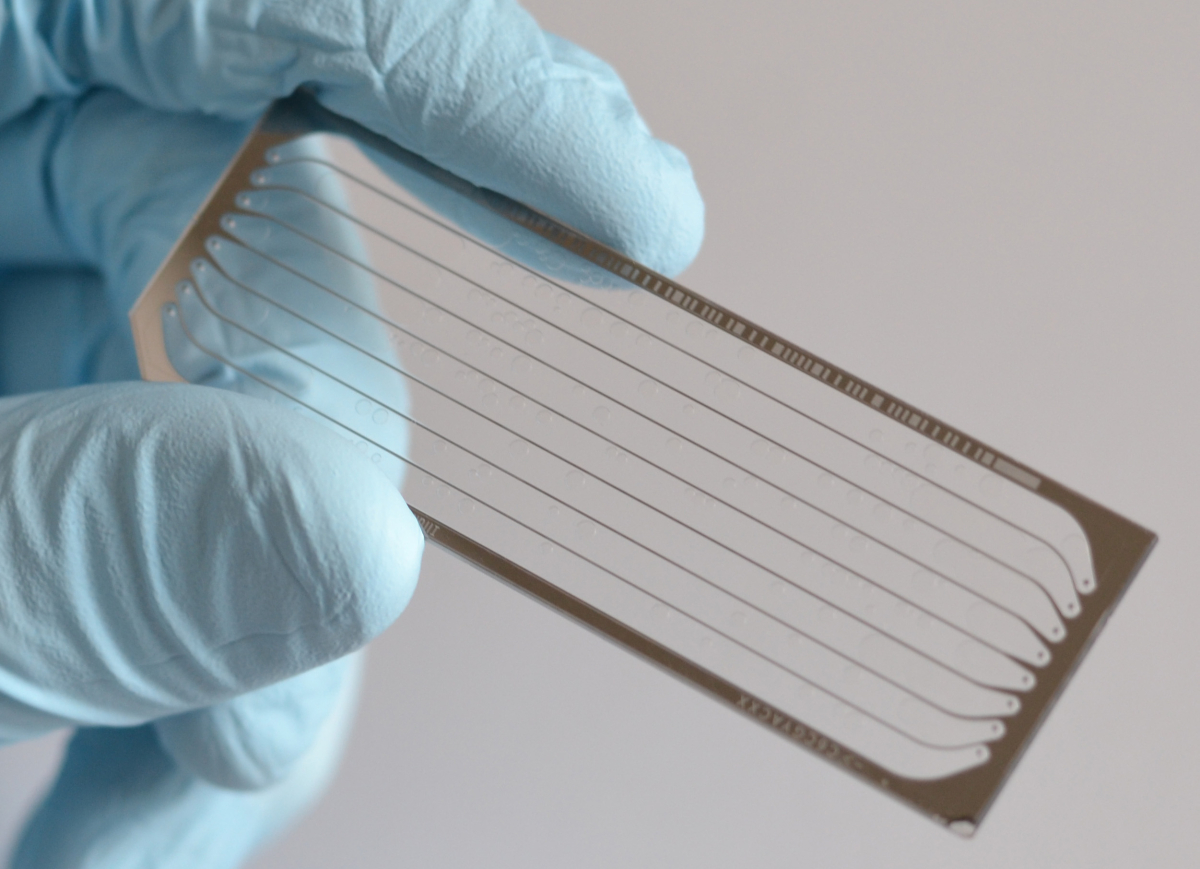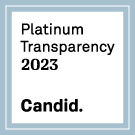In 2022, the FDA approved the first therapy to target human leukocyte antigen (HLA), which has been implicated in a variety of cancers. (The approved drug, tebentafusp, treats uveal melanoma, an eye cancer.) Last year, another HLA-targeted therapy received FDA approval for the treatment of a sarcoma. There are now a plethora of clinical trials open to patients who are HLA-positive.
The problem, as Damon Runyon Fellow Michael V. Gormally, MD, PhD, has articulated, is that HLA testing is not incorporated into routine diagnostics, leading to unequal representation in clinical trials. A recent study of 263 such trials showed that white patients were 1.6 times more likely to be included than Black patients.
The solution, he argues, is not complicated. Determining a patient’s HLA status does not even require a separate test; it can be inferred from routine next-generation sequencing (NGS), typically ordered to evaluate newly diagnosed cancers for actionable mutations. Dr. Gormally and his colleagues have established the validity of this inference method.
They have also demonstrated how this screening tool could be used to better match patients with clinical trials. When NGS indicated a patient was HLA-positive, the team would immediately notify the patient’s oncologist and the trial investigators. One trial had 14 patients referred to them by Dr. Gormally’s team and found all 14 to be eligible. This trial’s previous screening method had yielded only 4 eligible patients out of 31—meaning the new tool decreased ineligibility from 87% to 0%.
“Timely testing is critical to match patients to the best therapies and facilitate trial participation,” writes Dr. Gormally. “Incorporating [HLA genotyping] into standard NGS can support equitable development of therapies and ensure universal access to the latest advancements in cancer treatment.”
Read more here.







